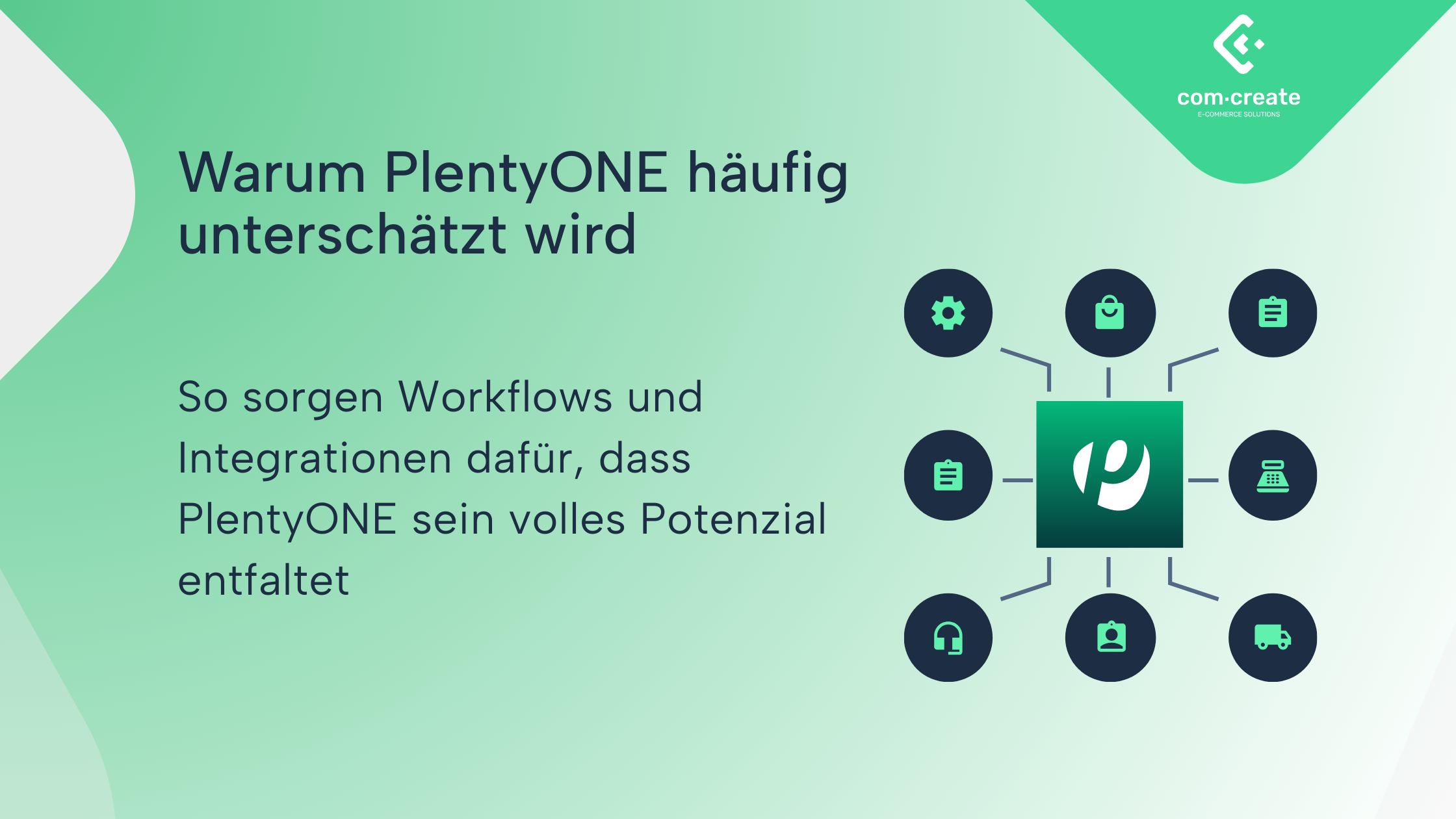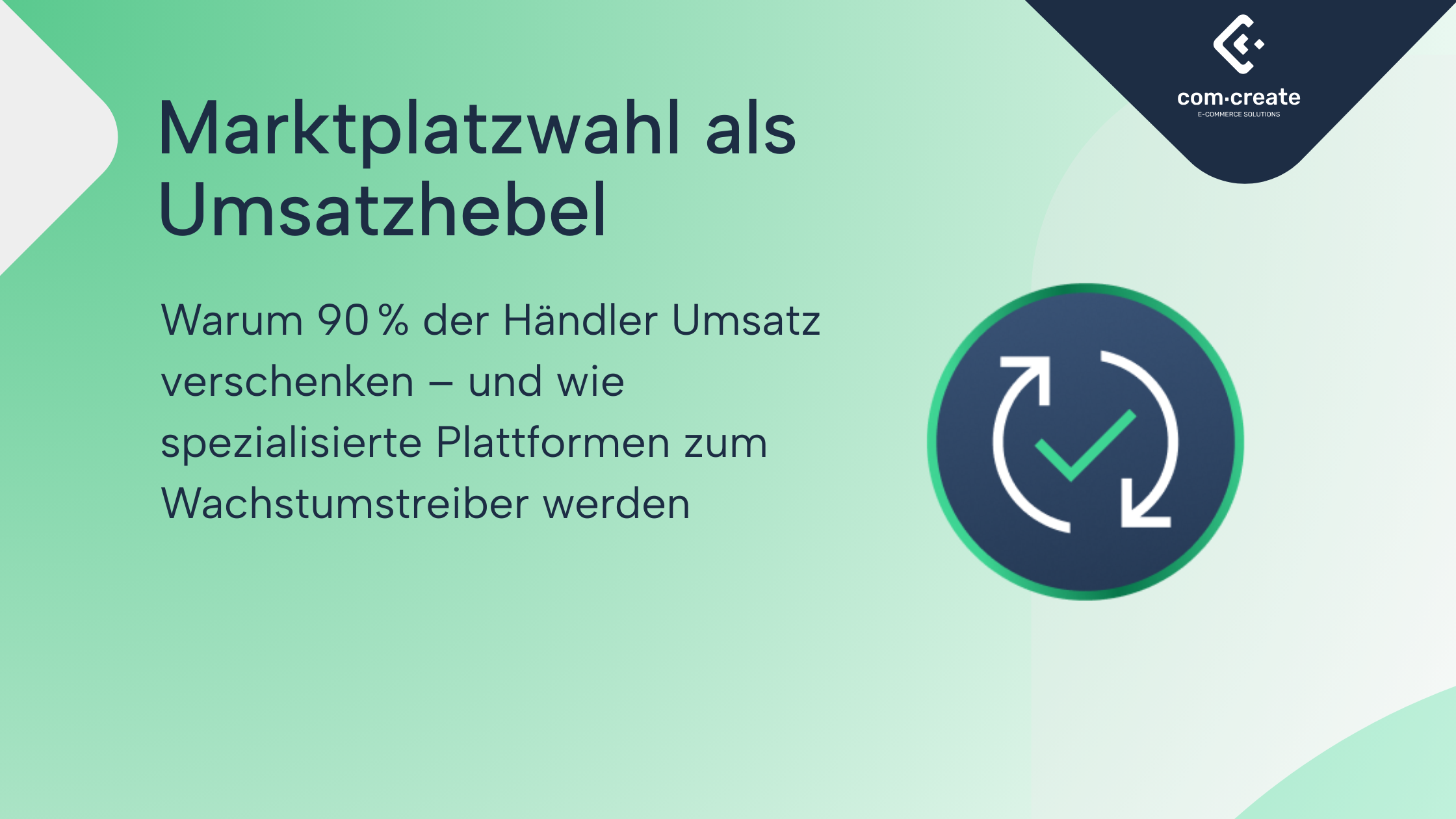
“We probably only use 5% of PlentyONE. ”
This statement is often made in discussions with companies that already work with PlentyONE. In practice, this impression is regularly confirmed:
The system is in use, but its actual potential remains largely unused.
Identify potential — instead of leaving functions unused
When analyzing existing setups, a similar pattern often emerges:
PlentyONE is functionally set up, but automations or workflows are largely unused or insufficiently configured.
- Manual rather than automated workflows
Many processes — such as sending invoices, processing returns or cancellations — are carried out manually, although PlentyONE offers standardized automation.
- Limited marketplace connection
Often, only individual platforms are connected, although PlentyONE has interfaces to numerous other marketplaces — including Amazon, OTTO, Kaufland, Hornbach and Douglas.
- Incomplete system integration
ERP, WMS or accounting systems can be connected via APIs. Nevertheless, consistent integrations are missing in many cases — especially in historically developed system landscapes.
- Unconfigured logistics processes
Shipping rules, warehouse logics and location distributions are often only defined in a rudimentary way. PlentyONE allows very granular control of logistical processes.
- Unknown or inactive reporting features
Dashboards, filter lists and evaluations are available in the system — but are often not set up or used.
- Unused extensions and individual adjustments
PlentyONE can be expanded specifically and individually through numerous third-party modules and individual developments — for example for special workflows, additional interfaces or industry-specific requirements. Despite this flexibility, extensions and customizations are rarely used in everyday life. As a result, functional potential remains untapped, which could make operations more efficient and scalable.
Conclusion:
PlentyONE offers a high level of functionality — but the benefits depend largely on the configuration.
Before additional tools are purchased or external processes are established, it is worthwhile to systematically review the existing options of the system and expand them in a targeted manner.





.png)